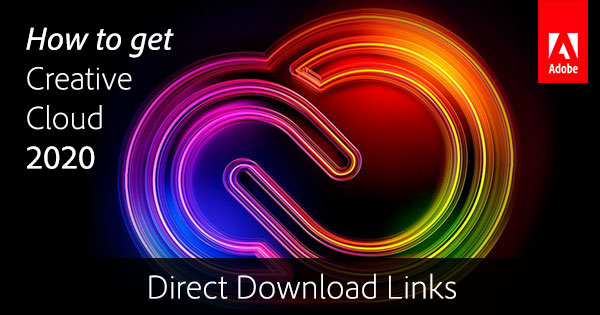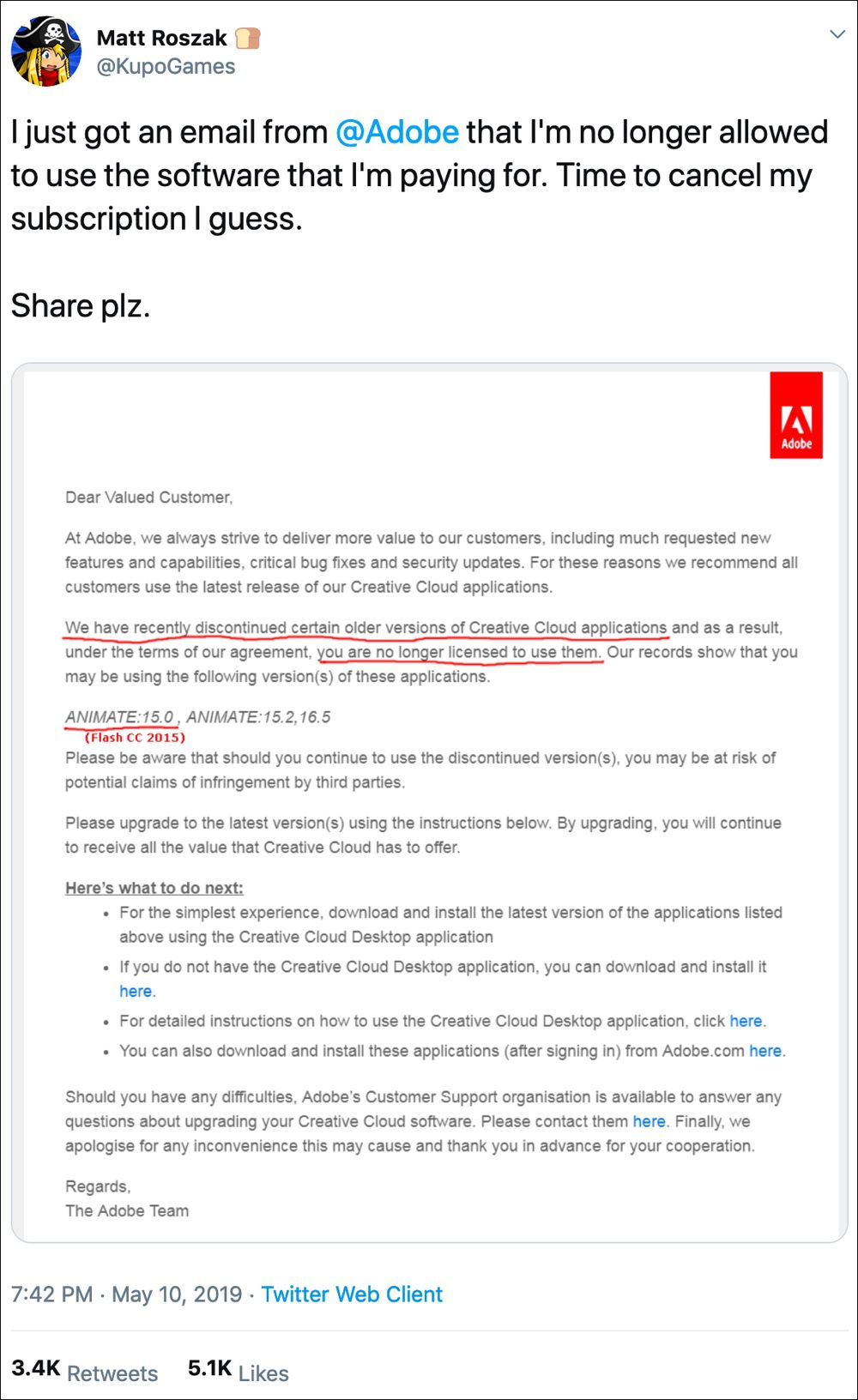

Still, it is recommended to occasionally refresh the local AEM developer environment with the latest SDK, then rebuild and test the custom application. For the daily maintenance releases, it is not expected that the new SDK will have changed significantly, if at all. Customers will be informed when their production instance has been successfully upgraded to a new AEM version. It is optional to refresh it after any daily maintenance release. It is recommended to refresh it at least after a monthly maintenance release.

When is it recommended to refresh the local project with a new SDK? You can see what version you are using by logging in to AEM, then going to the question mark in the top right corner of the screen and selecting About Adobe Experience Manager Refreshing a Local Project with a New SDK Version The version entry for the SDK should match the version of AEM as a Cloud Service. This dependency should also be referenced in any subpackage poms.
#Download adobe cloud client zip file
The quickstart jar and Dispatcher Tools can be downloaded as a zip file from the Software Distribution portal.You can check the AEM Admin Console’s About Adobe Experience Manager icon to find out the version of AEM you are running on production.
#Download adobe cloud client code
Performing builds locally allows for local development and testing so developers can efficiently discover code or structural issues well before committing to source control and triggering Cloud Manager deployments, which can take longer. The same steps are executed by Cloud Manager when deploying to Cloud Environments. Artifacts are deployed to the local server. Bundles are analyzed using the Maven analyzer plugin, which looks for problems in the Maven project such as missing dependencies As expected, source code is compiled, generating the resulting content packages At a high level, the following steps are performed: For further details, reference the AEM Project Archetype documentation. The AEM as a Cloud Service SDK is used to build and deploy custom code.

In addition, some customers who were previously deployed with AEM 6.5 or earlier versions will use the artifacts below. Dispatcher Tools - The set of tools used to develop against Dispatcher locally.Javadoc Jar - The javadocs for the Java API Jar.Java API Jar - The Java Jar/Maven Dependency that exposes all allowed Java APIs that can be used to develop against AEM as as Cloud Service.Quickstart Jar - The AEM runtime used for local development.The AEM as a Cloud Service SDK is comprised of the following artifacts:


 0 kommentar(er)
0 kommentar(er)
